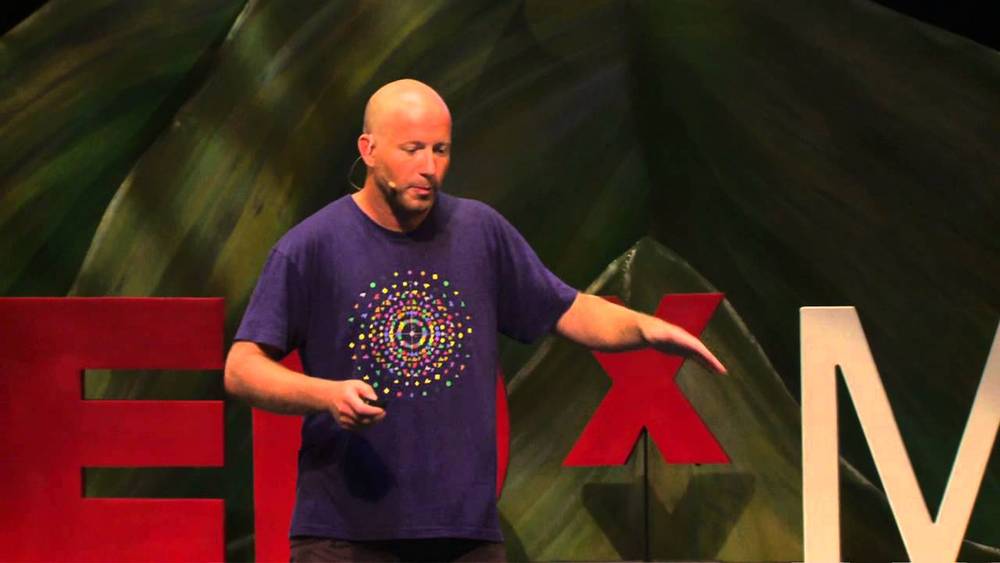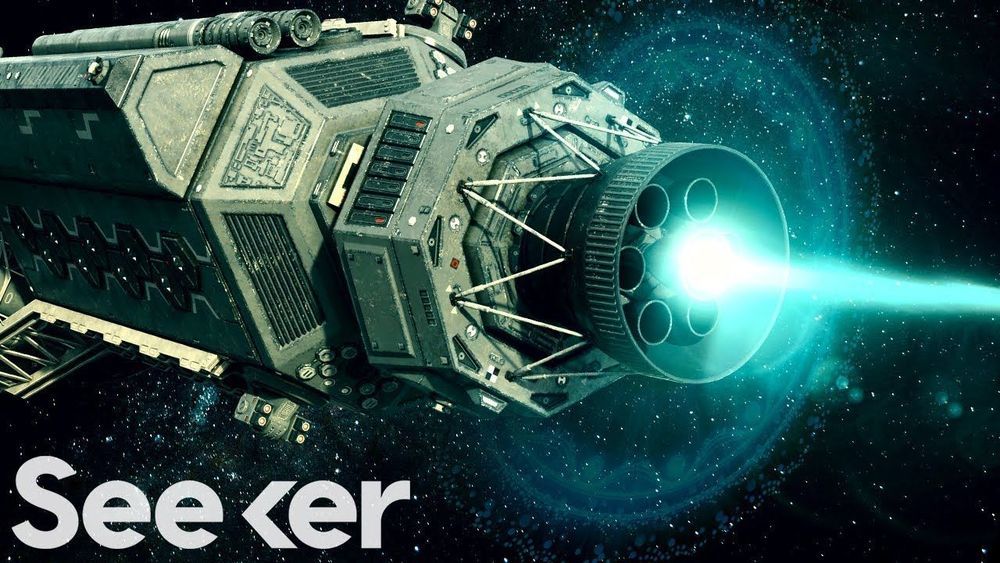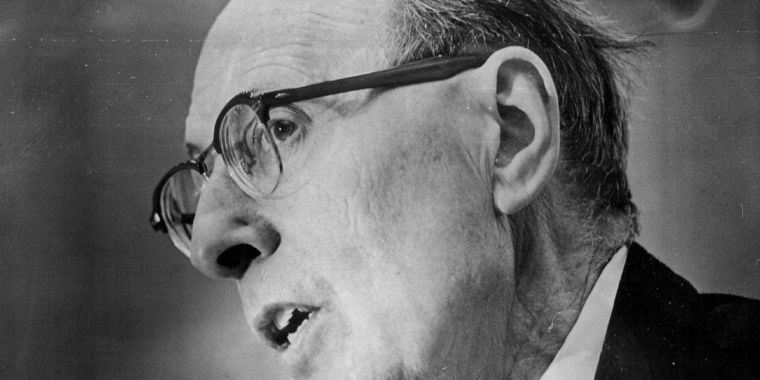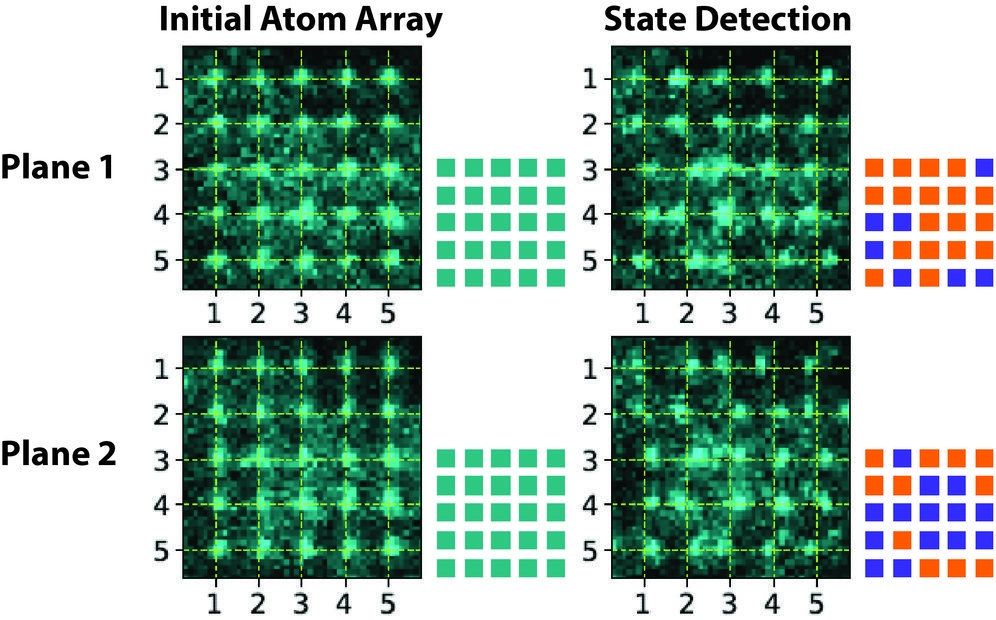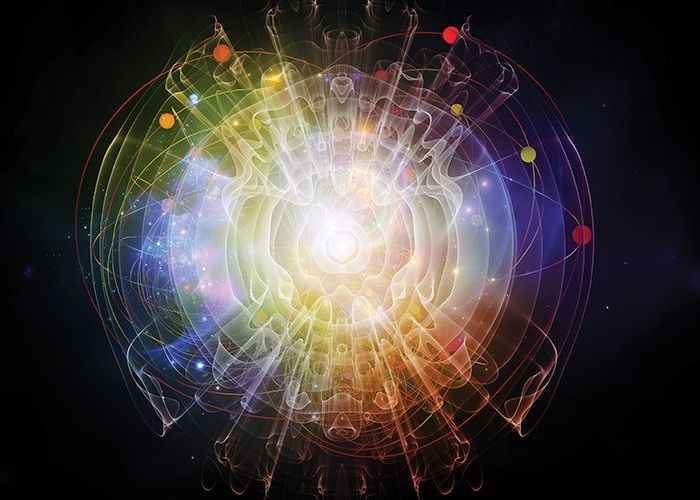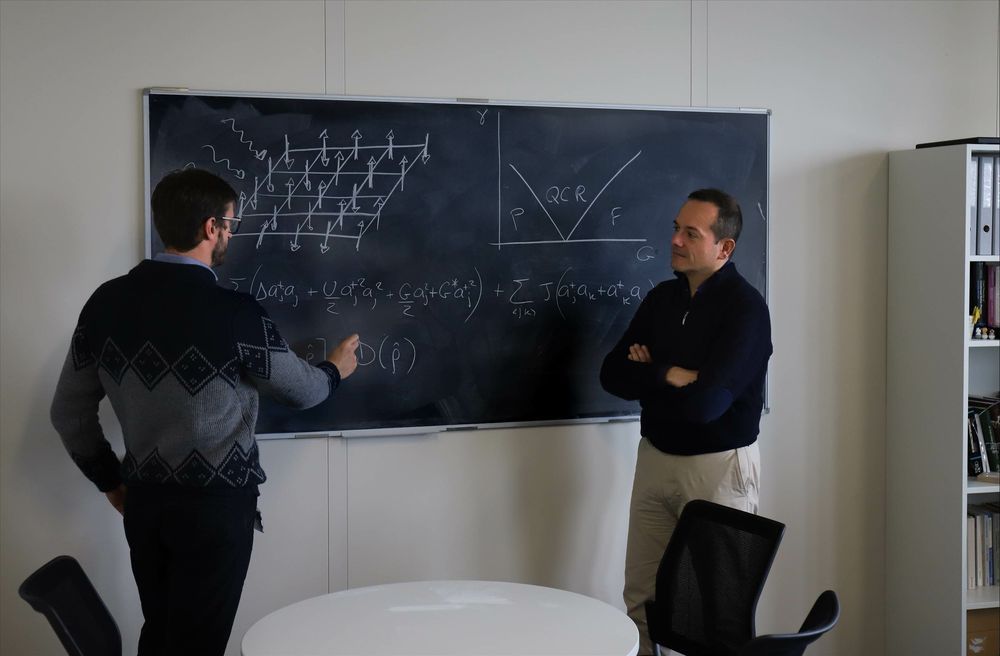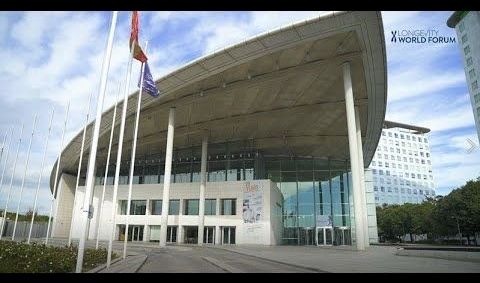About the Presenter:
After getting his Ph.D. in physics from UC San Diego, Garrett moved to Maui, seeking an optimum balance between surfing and his theoretical research. While pursuing an unanswered question at the heart of Quantum Field Theory, he began to develop what he called “An Exceptionally Simple Theory of Everything,” which proposed a unified field theory combining particle physics and Albert Einstein’s theory of gravitation. His story and work have been featured at TED, in Outside Magazine, The New Yorker, Surfer, and recently in Scientific American.
#FQXiVideoContest2014
About TEDx
In the spirit of ideas worth spreading, TEDx is a program of local, self-organized events that bring people together to share a TED-like experience. At a TEDx event, TEDTalks video and live speakers combine to spark deep discussion and connection in a small group. These local, self-organized events are branded TEDx, where x = independently organized TED event. The TED Conference provides general guidance for the TEDx program, but individual TEDx events are self-organized.* (*Subject to certain rules and regulations)
